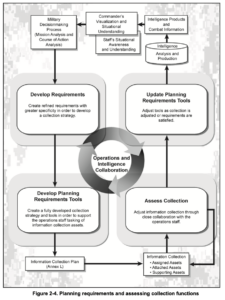A business intelligence requirements document (BIRD) is a document that defines the requirements for a business intelligence (BI) system. It is used to communicate the needs of the business to the IT team and to ensure that the BI system meets the needs of the business. A BIRD typically includes the following sections: executive summary, business requirements, data requirements, system requirements, and acceptance criteria.
A well-written BIRD is essential for ensuring the success of a BI project. It provides a clear and concise overview of the project and ensures that all stakeholders are on the same page. A BIRD can also help to avoid costly mistakes and delays. If a BI project is not well-defined, it is more likely to fail or to not meet the needs of the business.
Understanding the Business Intelligence Requirements Document Template
A business intelligence requirements document template is a tool that can help you to create a comprehensive and effective BIRD. A good template will provide you with a framework for organizing your thoughts and ensuring that you include all of the necessary information. It will also help you to write a clear and concise document that is easy to understand.
There are many different business intelligence requirements document templates available online. You can find templates that are specific to your industry or to the type of BI project that you are undertaking. It is important to choose a template that is well-written and that meets the needs of your project.
Once you have chosen a template, you can begin to fill in the information. The first step is to define the executive summary. The executive summary should provide a brief overview of the project and its goals. It should also identify the stakeholders involved in the project and the benefits that the project is expected to deliver.
The next step is to define the business requirements. The business requirements should describe the specific needs of the business. They should include the following information:
- The business objectives that the BI system is expected to support
- The key performance indicators (KPIs) that will be used to measure the success of the BI system
- The data that the BI system will need to access
- The reports and dashboards that the BI system will need to produce
Documenting the Technical Requirements in the Business Intelligence Requirements Document Template
The next step is to define the system requirements. The system requirements should describe the technical specifications of the BI system. They should include the following information:
- The hardware and software that will be required to run the BI system
- The security requirements for the BI system
- The performance requirements for the BI system
The final step is to define the acceptance criteria. The acceptance criteria should define the conditions that must be met in order for the BI system to be considered successful. They should include the following information:
- The KPIs that will be used to measure the success of the BI system
- The timelines for meeting the KPIs
- The process for resolving any issues that arise
Conclusion
A business intelligence requirements document template can be a valuable tool for ensuring the success of your BI project. By using a template, you can create a comprehensive and effective document that will communicate the needs of the business to the IT team and ensure that the BI system meets the needs of the business.
If you are planning a BI project, I encourage you to use a business intelligence requirements document template. It will help you to save time, avoid costly mistakes, and ensure that your BI project is successful.


